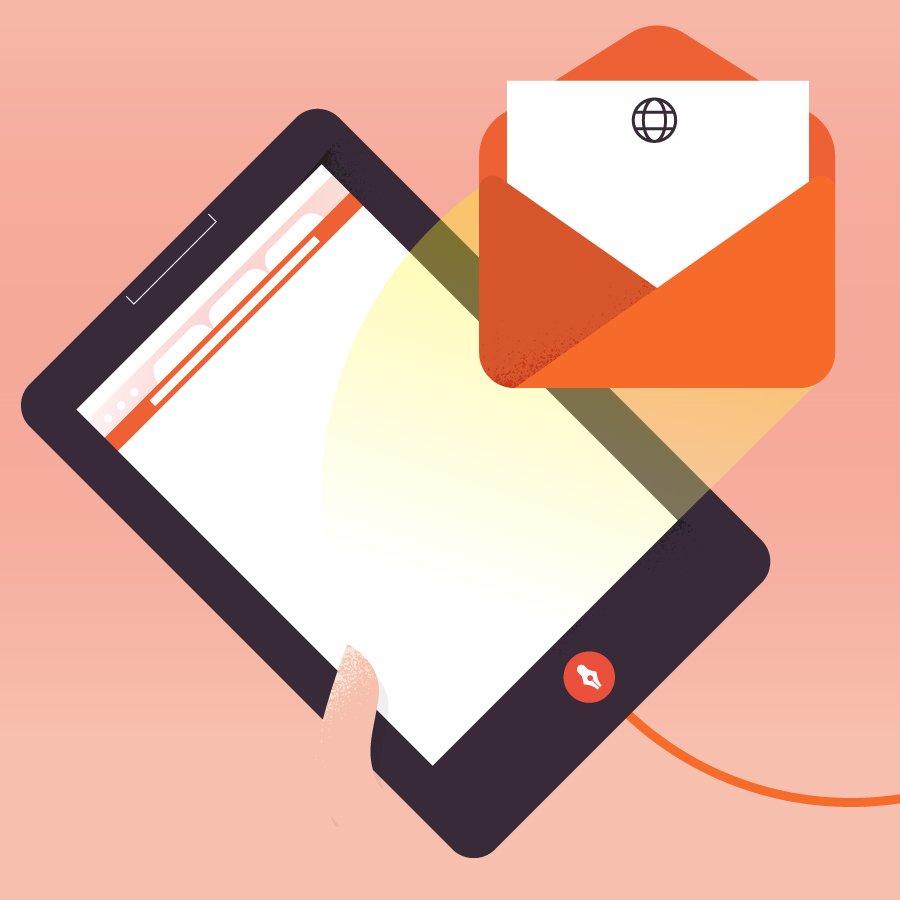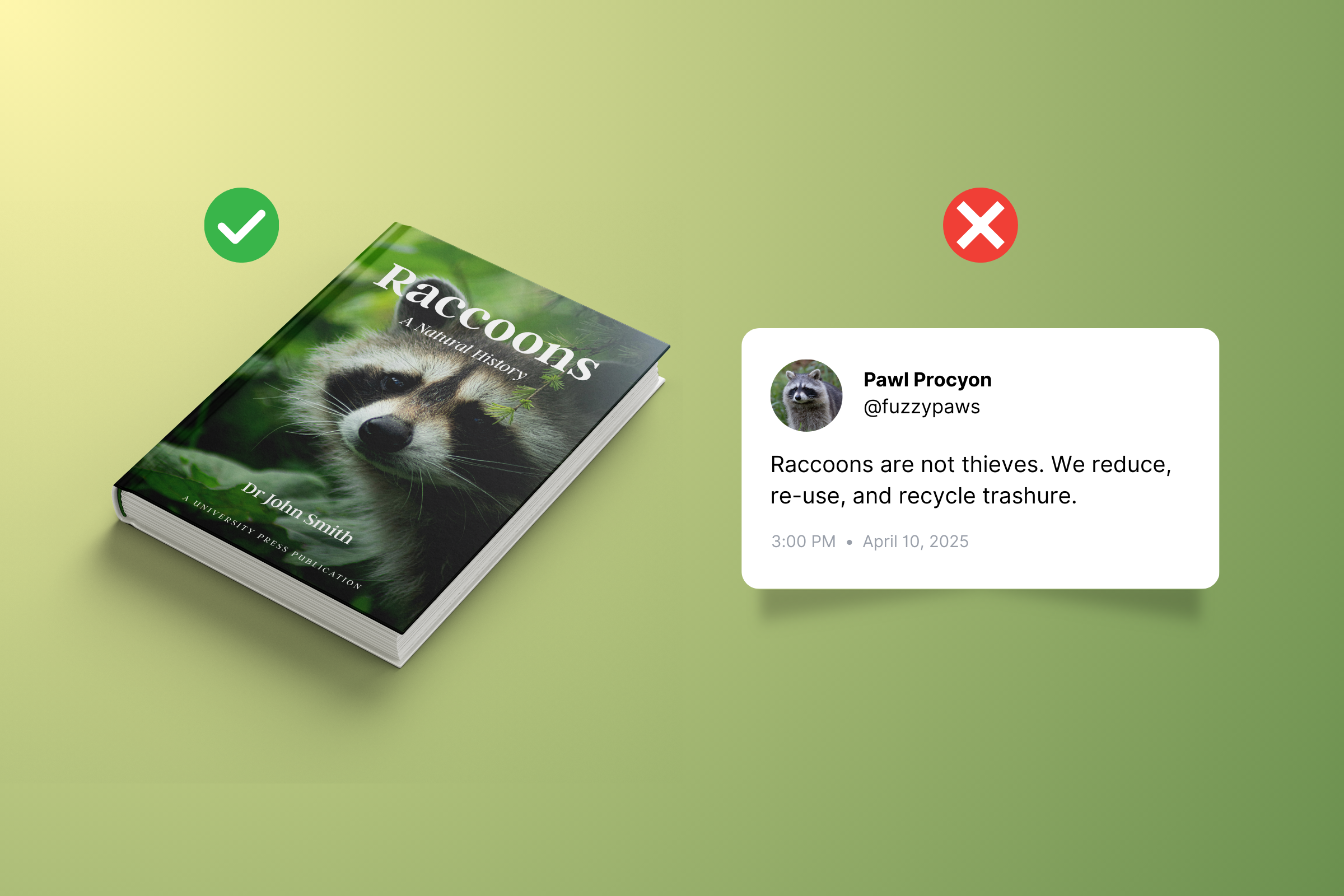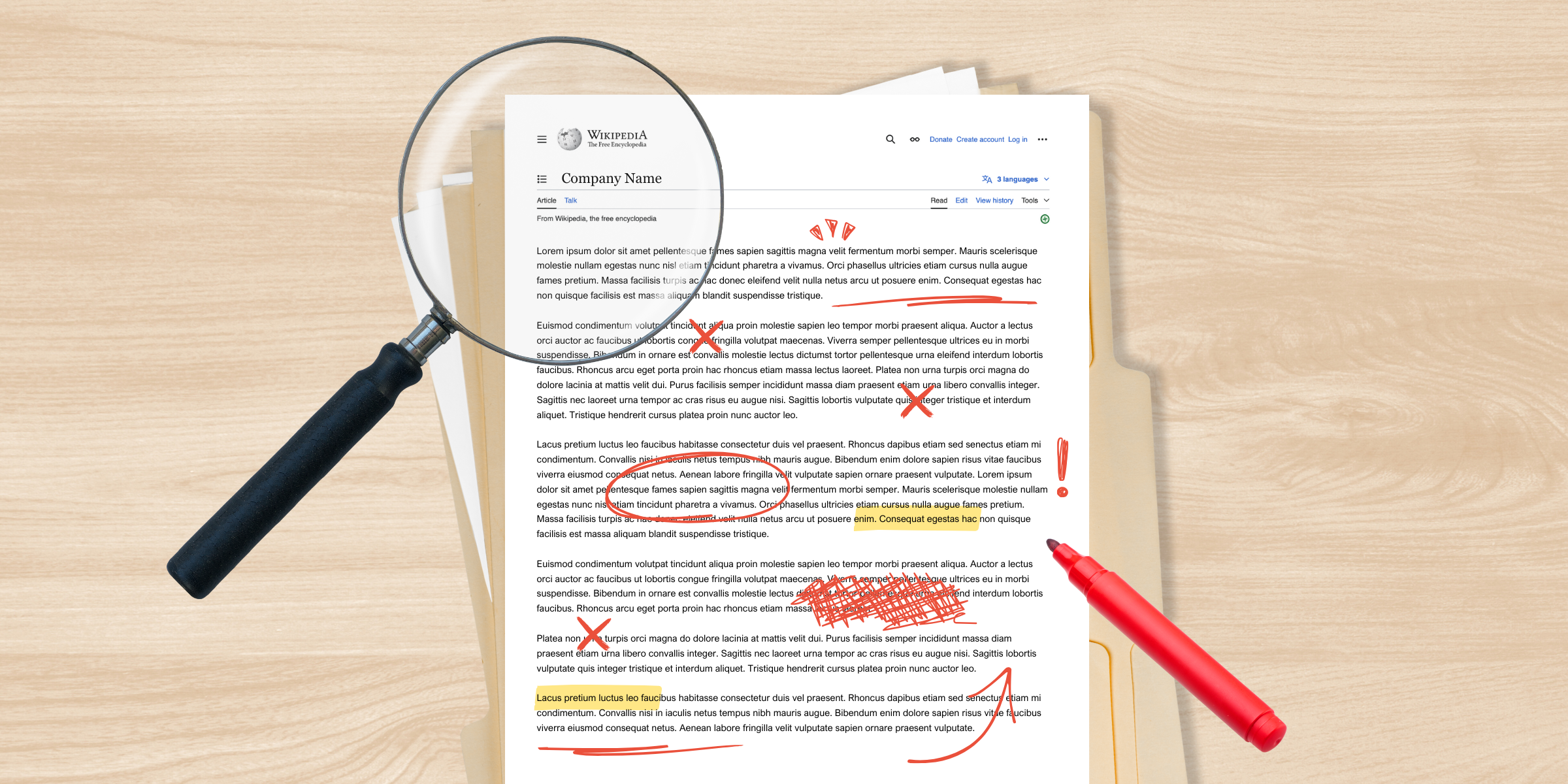The Rules of (Email) Etiquette
According to internal Beutler Ink email analytics, I send and receive roughly 180 emails a day, or more than 20 per hour. In a distributed team where a vast majority of our communication takes place over Gmail, our email game has to be on point. That's why one of the first sessions of any new employee's training includes a discussion of a few simple email rules—shared below for your enjoyment, education and even disagreement. After all, email is more art than science.
Reply vs. Reply All
Always take note of who is carbon copied. Did the original sender include several people? Do you want to reply to all of them? It's a rookie move when you forget to reply all and your lone recipient has to loop everyone back in.
If everyone is waiting for your update, be sure to reply all. If you want to add someone to a chain, loop them in and add a note in the email letting everyone else in the conversation know that you've done so. We use a simple formula: "+Name is now on the thread."
CC vs. BCC
Use BCC carefully. It's best used to move someone out of a conversation. If the conversation starts with several people but gets narrowed down to just a few, feel free to move the people no longer relevant to BCC. Just make sure to note that in the email. Example: “Moving NAME and NAME to BCC to save their inboxes.”
It's also a good FYI, if you want team members to be aware something happened, but they don't really need to be a part of the conversation. Example: We always BCC the whole new biz team on new business estimates / contract deliveries. This keeps everyone up to date on proposals.
If you're requesting action from someone, she should never be on the BCC; she should be CC'd. Similarly, if you're BCC'd on a note, you can pretty safely assume that no action is needed from you.
Pro Tip: Take note of whether you've been CC'd or BCC'd. If you were BCC'd, NEVER reply all.
Subject Lines
Make them helpful! Ask yourself: if the recipient loses this email and wants to find it again, what would she search for to pull it back up? Think about putting those keywords in the subject line.
If you need someone specific to take action, put her name in the subject with a colon after it. Example: "NAME: action needed ASAP." Bonus tip: Include a time frame when relevant.
To prevent emails with the same subject line from "threading" up in the same chain, change the subject line—even just slightly. Example: Change "Nice to meet you" to "// Nice to meet you" if you want to forward the note to other team members (e.g., to have an internal discussion about who should reply or how). This small change takes almost no time and can save embarrassment of accidentally sending meant-for-internal-eyes-only notes to clients or customers.
Attachments
Never exceed a file size of 10 MB. If your file is bigger than that, try sharing via Google Drive or Dropbox. Don't needlessly clog inboxes!
Formatting
Nobody has time to read a wall of text. Keep emails short. If a sentence isn't essential, cut it. This is an email, not a novel!
If you need to include a lot of context, use bullet points to briefly summarize and get to the point faster. If the bullets themselves become long, consider putting spaces between them to give your reader's eyes some room.
Always bold and / or underline essential portions of the email, such as names, deadlines and questions.
As you can see, we take communication seriously. This extends from our social media strategy to our content strategy to, yes, our email. In fact, we exist to help brands communicate intentionally and effectively. For more than 10 years, we have helped emerging brands and industry trailblazers tell their stories through engaging content, dynamic social media strategies, and an honest approach to reputation, including our unique embrace of Wikipedia.




